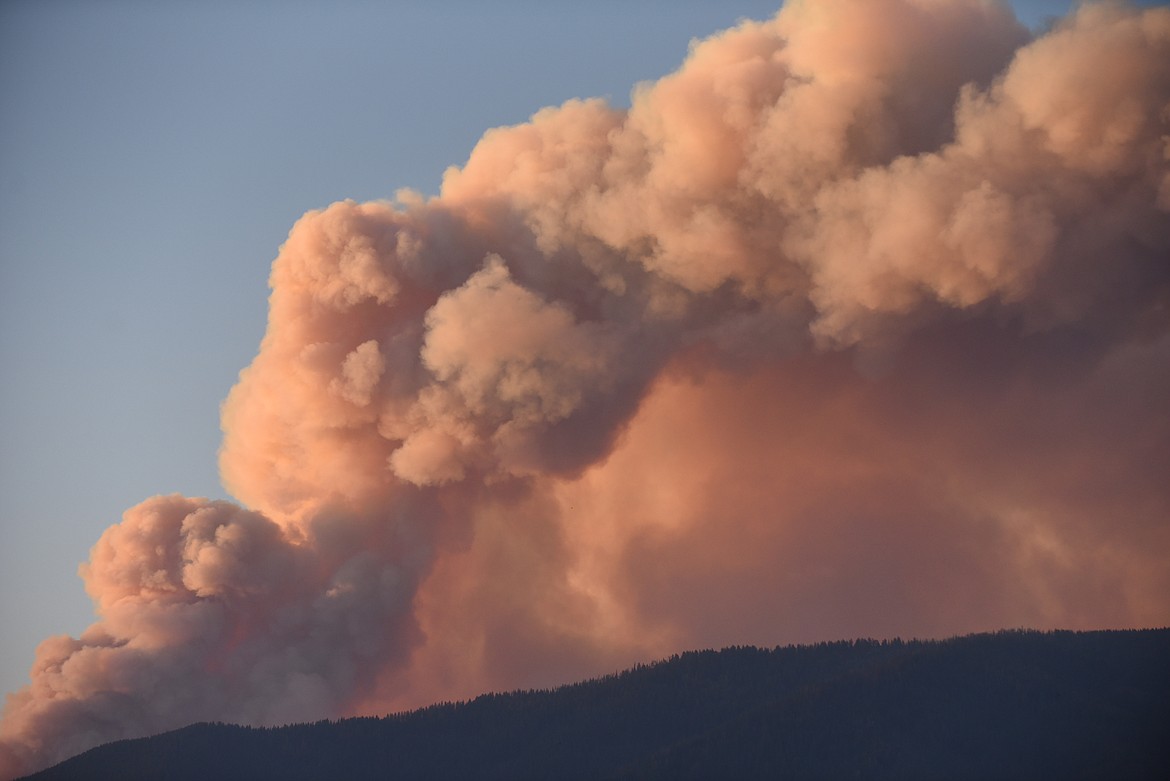Sheriff's Office orders evacuations for Graves Creek area residents
Sunday, the Sanders County Sheriff's Office ordered evacuations for all residences on the east side of Blue Slide Road in Graves North and Graves South areas due to the growing Thorne Creek Fire.
The fire is now listed at 5,627 acres with no containment...
Become a Subscriber!
You have read all of your free articles this month. Select a plan below to start your subscription today.
Already a subscriber? Login



